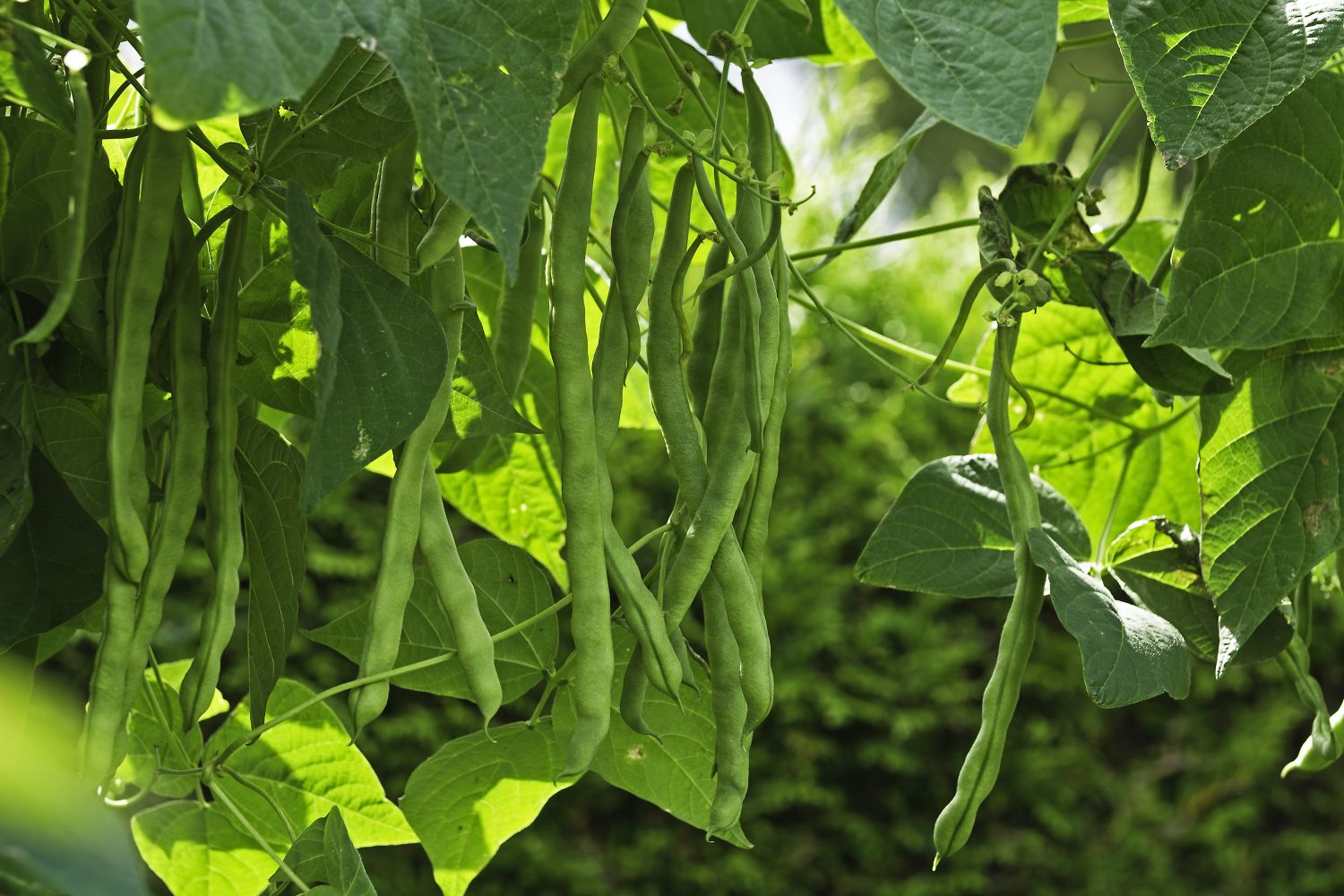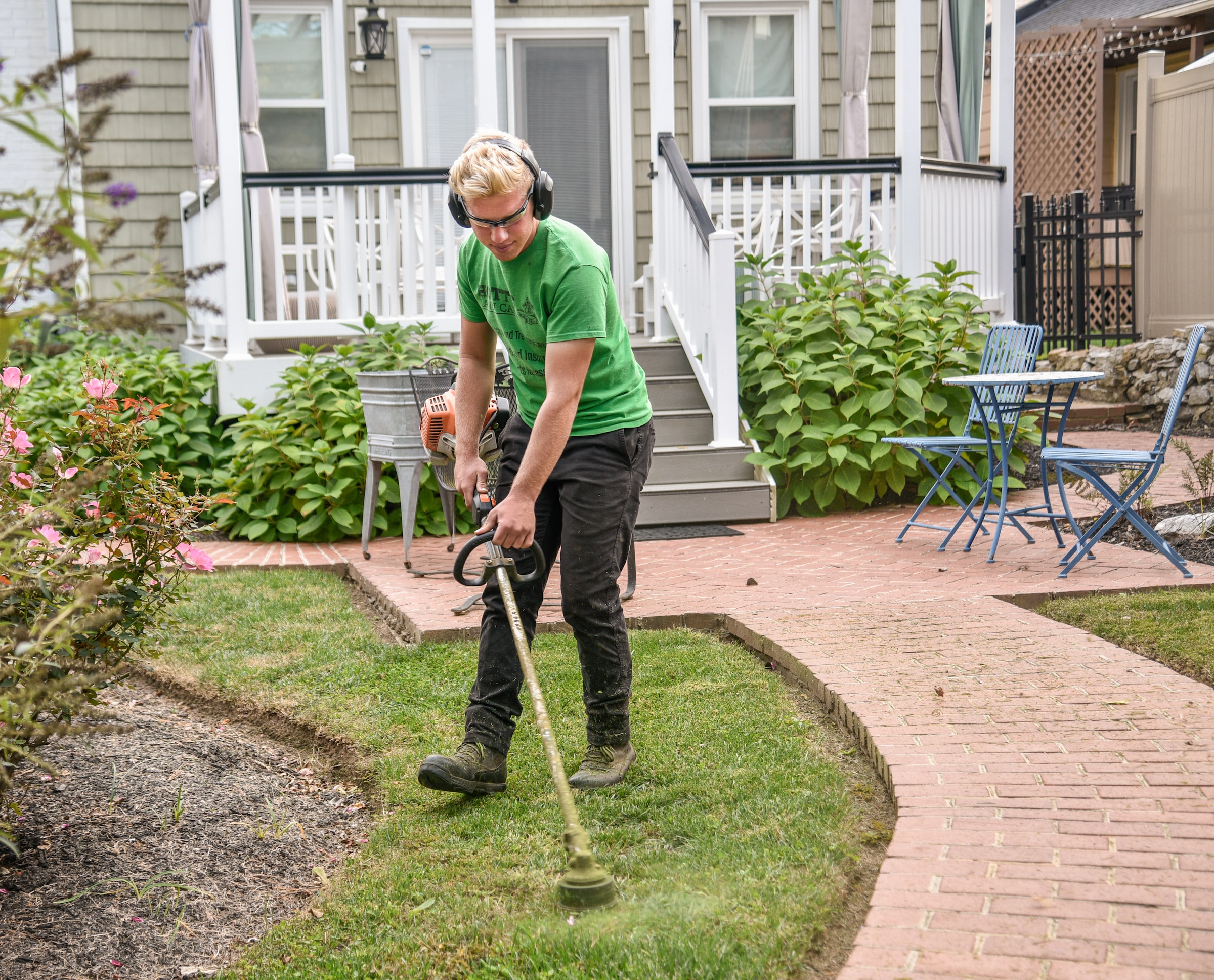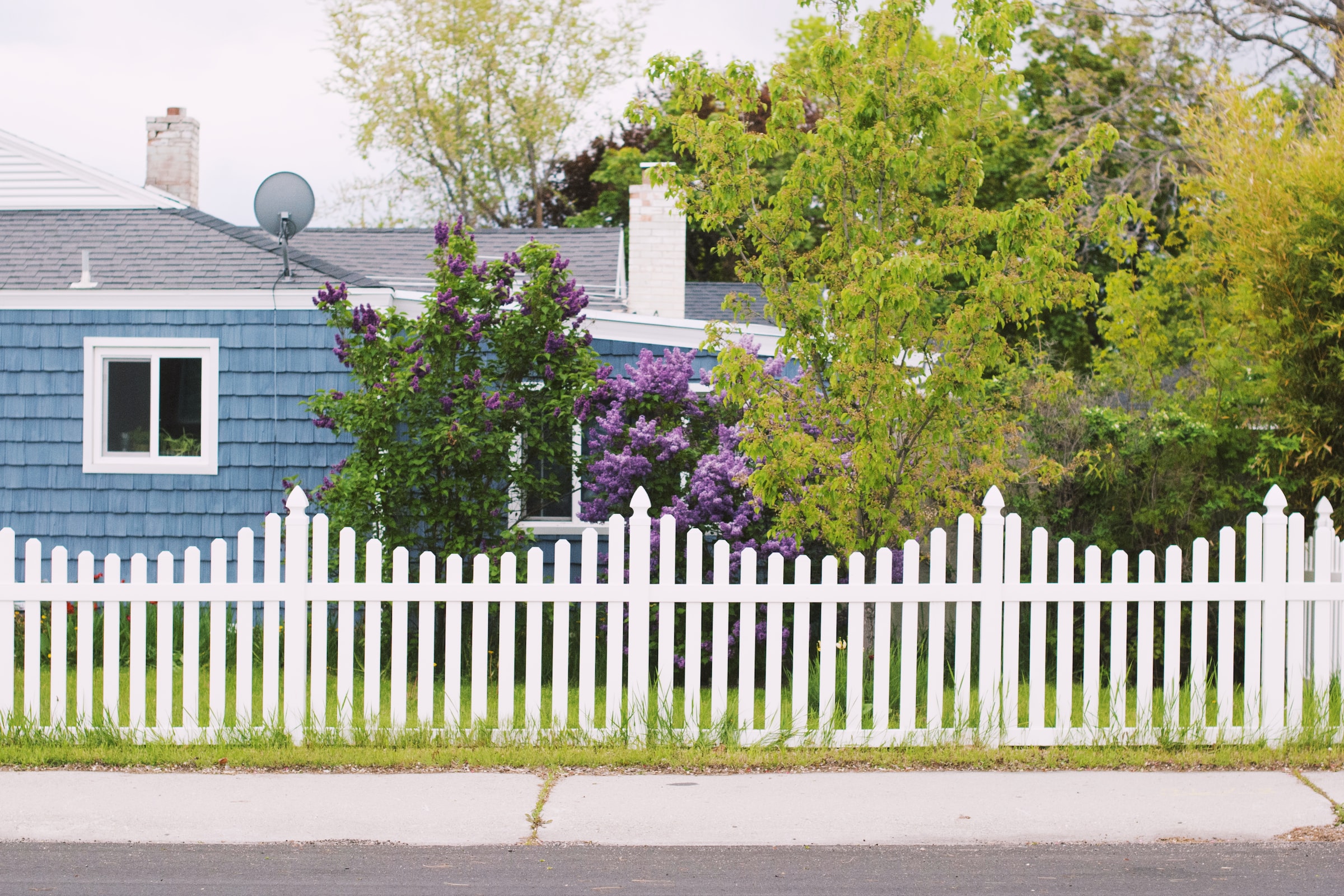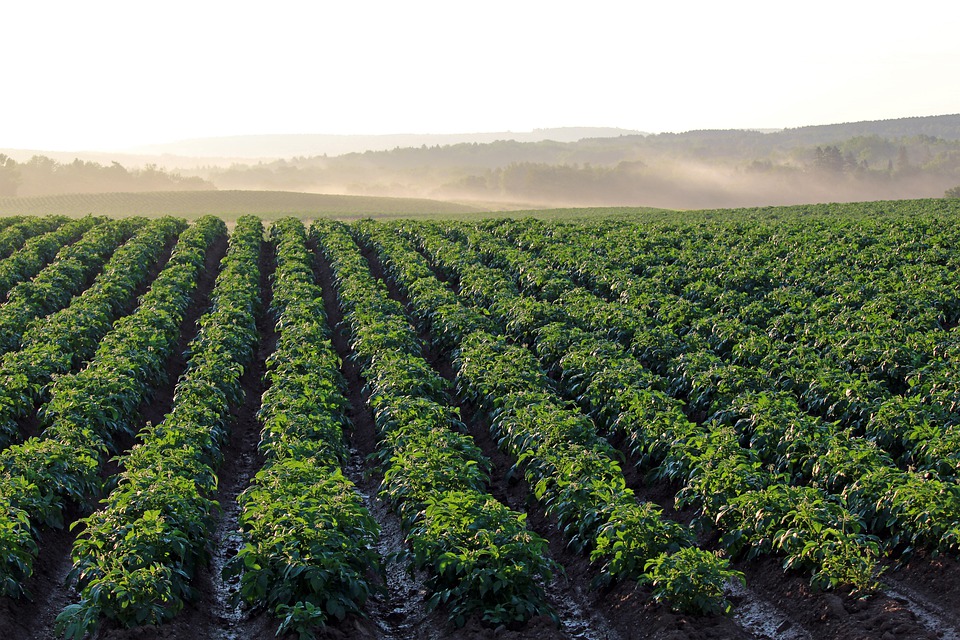Beans are one of the most versatile and nutritious crops you can grow in your garden. They come in a broad variety of types and can be used in several dishes, ranging from soups and stews to salads and dips. Here are some of the many types of beans you can grow:
Types of Beans

Bush beans: These beans grow low to the ground and do not require any support. They are easy to grow and produce a good crop. Some popular varieties include Blue Lake and Roma II.
Pole beans: These beans grow on tall vines and require support. They produce a high yield and can be grown in a small space. Some popular varieties include Kentucky Wonder and Scarlet Runner.
Lima beans: These beans are large and buttery in flavor. They are often used in soups and stews and can also be baked. Some popular varieties include Henderson’s Bush and Fordhook.
Kidney beans: These beans are large and kidney-shaped and have a firm texture. They are often used in chili and other hearty dishes. Some popular varieties include Red Kidney and Cranberry.
Black beans: These beans are small and black and have a creamy texture. They are often used in Mexican dishes and can also be used in soups and stews. Some popular varieties include Black Turtle and Midnight.
Soybeans: These beans are high in protein and can be used in a variety of dishes, from tofu to soy milk. They are often used in Asian cuisine. Some popular varieties include Envy and Edamame.
Chickpeas: These beans are small and round and have a nutty flavor. They are often used in Middle Eastern cuisine and can also be used in salads and dips. Some popular varieties include Kabuli and Desi.
Fava beans: These beans are large and have a buttery flavor. They are often used in Mediterranean cuisine and can also be used in soups and stews. Some popular varieties include Broad Windsor and Aquadulce.
Cannellini beans: These beans are large and white and have a creamy texture. They are often used in Italian cuisine and can also be used in salads and soups. Some popular varieties include White Kidney and Lamon.
French beans: These beans are small and tender and have a delicate flavor. They are often used in French cuisine and can also be used in salads and sautés. Some popular varieties include Haricot Vert and French Filet.
Navy Beans: These small white beans are commonly used in baked beans and soups. They prefer well-drained soil and full sun, and can be planted directly in the garden after the last frost. Make sure to keep the soil consistently moist during germination.
Fava Beans: Also known as broad beans, these beans are commonly used in Mediterranean cuisine. They prefer cooler temperatures and can be planted in the early spring or late fall. Make sure to give them plenty of space to grow, as they can reach up to 6 feet tall.
Tips for Growing Beans
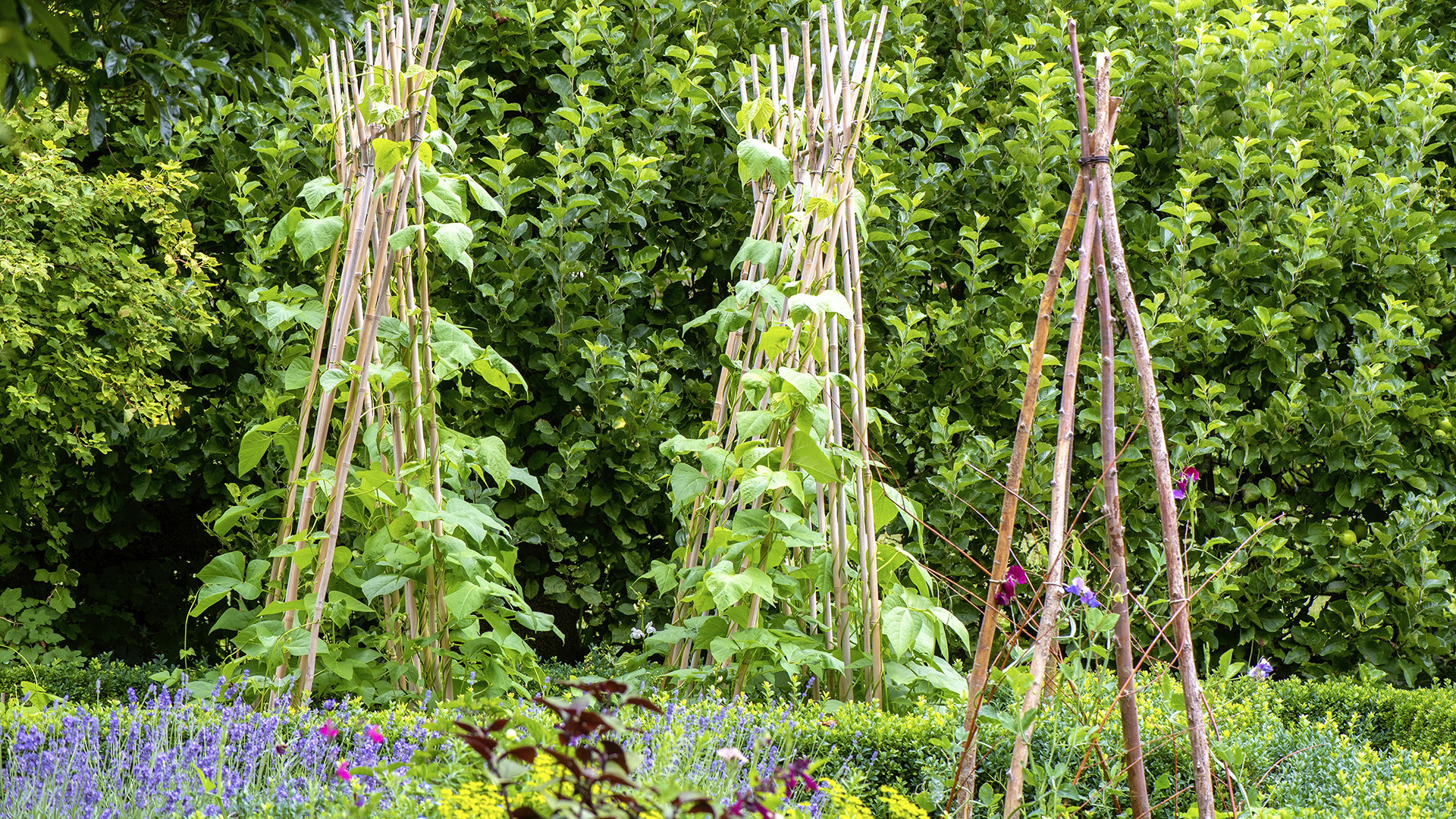
Choose the right location: Beans need plenty of sun and well-draining soil. Choose a specific spot in your garden that can get at least six hours of sunlight a day and has good drainage. Also, avoid planting in those areas that are prone to waterlogging or have poor drainage.
Prepare the soil: Beans prefer soil that is rich in organic matter and well-draining. Before planting, add well-rotted manure or compost to the soil to improve its fertility and drainage. If the soil is heavy, consider adding sand or perlite to improve drainage.
Start from seed: While beans can be planted as seedlings, starting from seed is a more cost-effective option. Plant seeds directly in the soil after the last frost date for your area. Sow the seeds about 1-2 inches deep and 2-3 inches apart.
Water consistently: Beans need consistent moisture to grow well, but they don’t like to be waterlogged. Water deeply at least once or twice a week, depending on the weather and soil conditions. Overhead watering should be avoided as this can increase the risk of disease.
Provide support: Many types of beans, such as pole beans and runner beans, need support to grow upright. You can use trellises, stakes, or bean poles to provide support. Be sure to install the support system before planting the beans.
Mulch: Mulching can help to keep the soil moist and cool, which can improve bean growth. Apply a layer of mulch around the base of the plants once they are established.
Harvest regularly: Beans should be harvested regularly to encourage continued production. The beans should be harvested when they are young and tender, as older beans can become tough and stringy.
